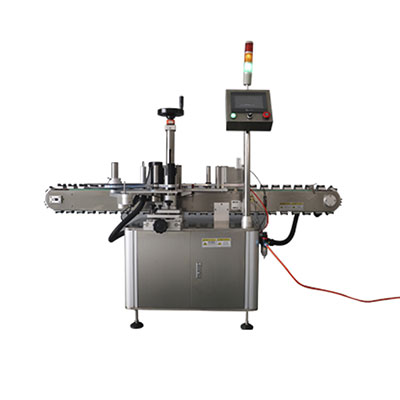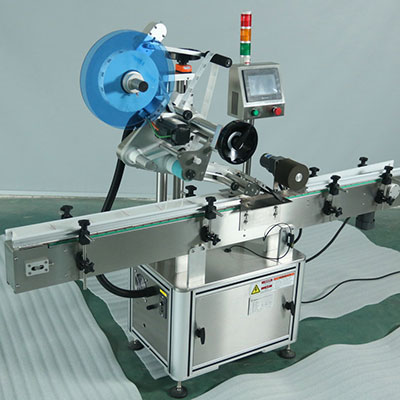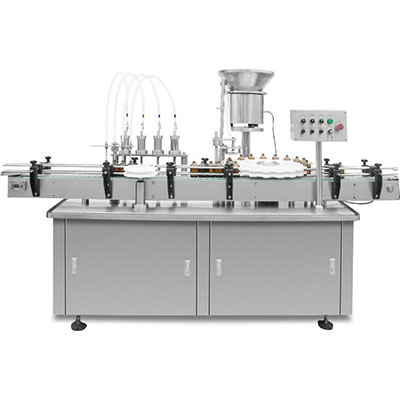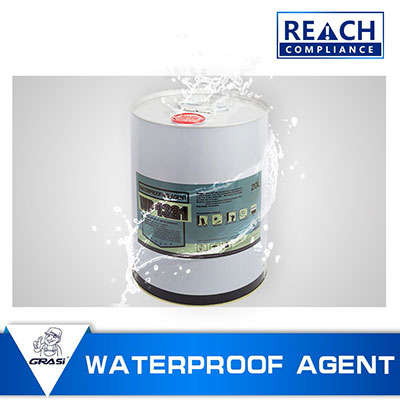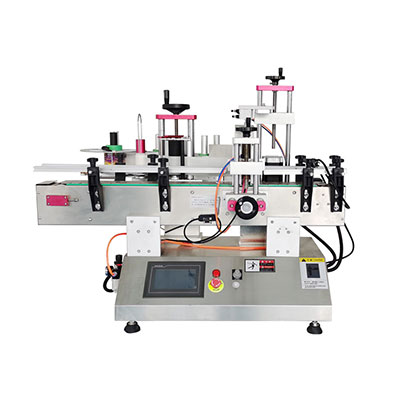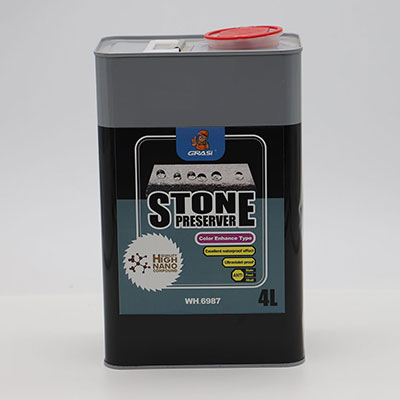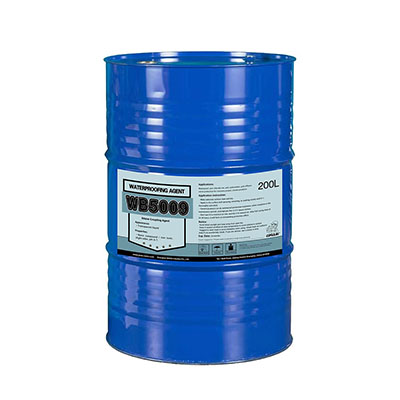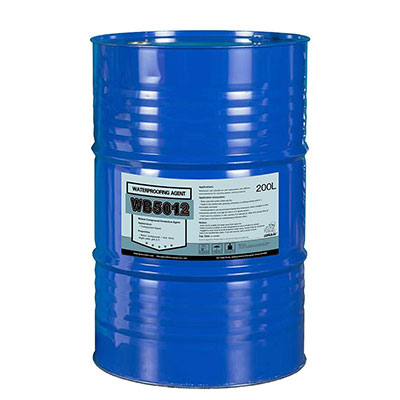Organic Electrolytic Synthesis Anode
The organic electrolytic synthesis anode is used to make some organic substances, such as succinic acid (IUPAC systematic name: butanedioic acid) and tetramethylammonium hydroxide (TMAH or TMAOH).
Electrosynthesis of Succinic Acid
During production, succinic acid is generated at the cathode, while oxygen evolution reaction takes place at the anode. Now, lead alloy anode is usually used, but the Ti-IrO2-Ta2O5 dimensionally stable anode would be the most stable anode for this process.
Electrosynthesis of Tetramethylammonium Hydroxide
The tetramethylammonium hydroxide is fabricated by electrolyzing tetramethylammonium hydrogen carbonate. During electrolysis, CO2 and O2 are liberated on the anode surface, and the temperature of electrolyte solution is 60℃ while the anodic current density is 1000-1200A/m2. In addition, the service life is over one year.

Related Names
Organic Compounds Reactor | Chemical Synthesis Production | Electrolytic Cell Anode
Links:https://www.globefindpro.com/products/85967.html
-
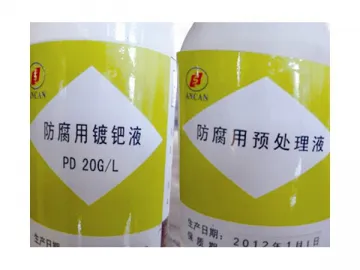 Other Electrolyzer Refurbishment and Spare Part
Other Electrolyzer Refurbishment and Spare Part
-
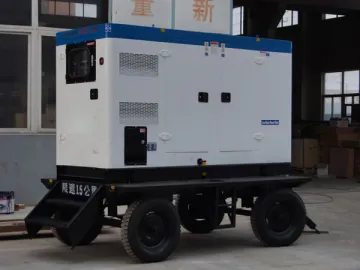 Mobile Generating Set
Mobile Generating Set
-
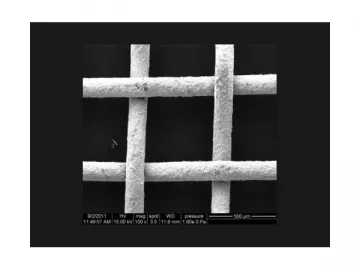 Ion-exchange Membrane Electrolyzer Cathode Coating
Ion-exchange Membrane Electrolyzer Cathode Coating
-
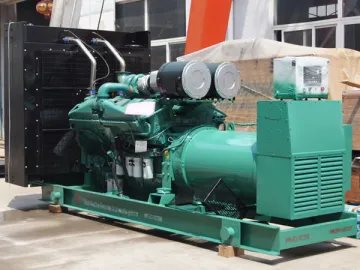 Cummins Diesel Generator Set
Cummins Diesel Generator Set
-
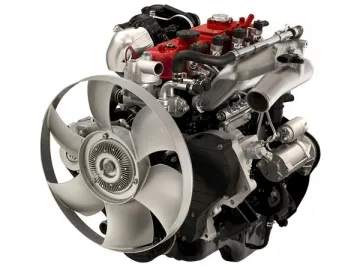 Vehicle Engine
Vehicle Engine
-
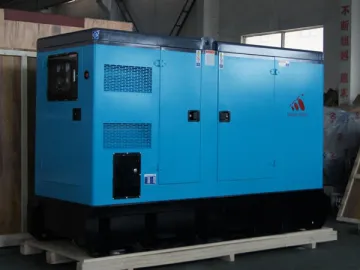 Silent Diesel Generator Set
Silent Diesel Generator Set
-
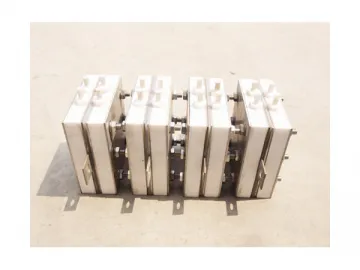 Other Industrial Electrode
Other Industrial Electrode
-
 Man Diesel Generator Set
Man Diesel Generator Set
-
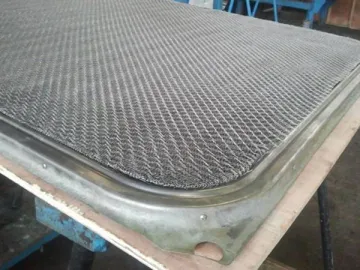 MGC Electrolyzer
MGC Electrolyzer
-
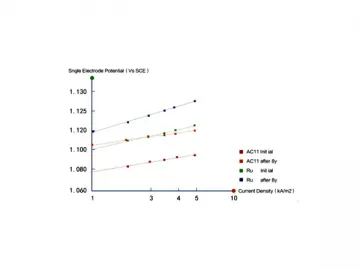 Ion-exchange Membrane Electrolyzer Anode Coating
Ion-exchange Membrane Electrolyzer Anode Coating
-
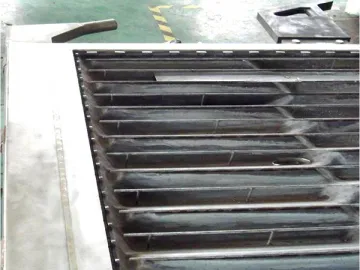 BiTAC Electrolyzer
BiTAC Electrolyzer
-
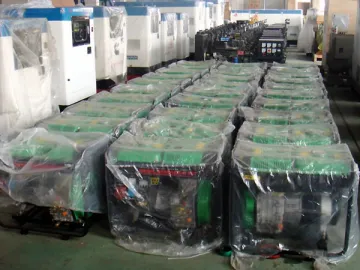 Low Power Diesel Generator Set
Low Power Diesel Generator Set
